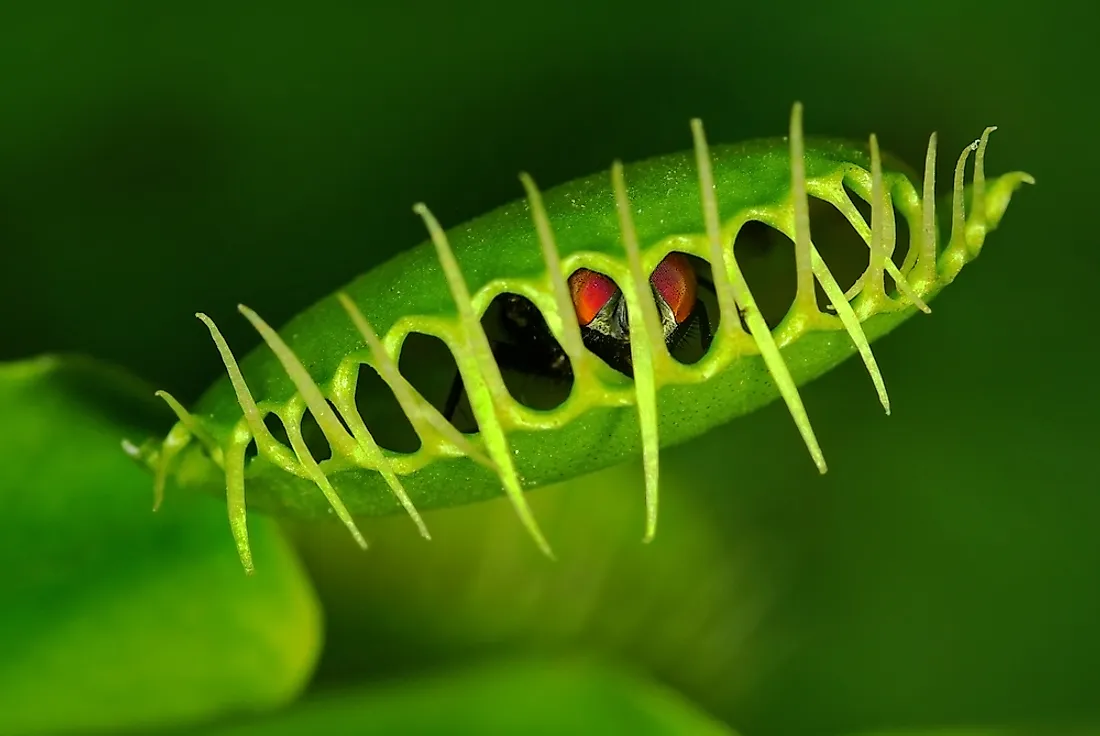What is an Autotroph?

An autotroph is a name given to an organism which produces complex organic compounds from simple substances found within its surrounding through either photosynthesis or chemosynthesis. Autotrophs can make organic compounds for biosynthesis by reducing carbon dioxide and also create storage for chemical energy. Autotrophs can use water or hydrogen compounds like hydrogen sulfide as reducing agents. Other autotrophs like plants convert electromagnetic energy from sunlight to form a chemical energy that is a reduced carbon hence earning the name phototrophs.
Classification
Autotrophs are divided into two categories, namely photoautotrophs which use light as a source of energy and chemoautotrophs which rely on electron donors for their energy. Electron donors can either be from organic or inorganic sources. However, electric donors from autotrophs come from inorganic chemical sources. Lithotrophs which is a name given to chemotrophs which use inorganic compounds like the hydrogen sulfide to act as reducing agents for biosynthesis and the storage of chemical energy.
Differences
Heterotrophic organisms use both organic compounds as a source of carbon and they use light as a source of energy. Heterotrophic organisms are divided into two categories. Organisms which use sunlight as their source of energy but rely on organic compounds for carbon are called photoheterotrophic while those heterotrophs which rely on organic compounds for carbon and obtain their energy from the oxidation of inorganic compounds are called chemoheterotrophic. The job of autotrophs is to collect energy from sunlight or inorganic substances and convert it to form molecules rich in energy like the carbohydrates in a mechanism called primary production. Autotrophs, therefore, play a major role in the food chain in the world’s ecosystem. Heterotrophs which include all animals, some fungi, protozoa, and bacteria depend on autotrophs for energy and raw materials, meaning heterotrophs feed on autotrophs to be able to carry on with their lives.
Processes
Heterotrophs take autotrophs as food to obtain their energy by breaking down organic molecules in carbohydrates, proteins, and fats from food. However, carnivorous animals feed on heterotrophs which means they indirectly receive nutrients from autotrophs. Photosynthesis then plays a major role in autotrophic primary production where the water molecule is split to release the oxygen into the atmosphere and the carbon dioxide is reduced to release hydrogen atoms which in turn fuels the metabolic process of primary production. Ecosystems exist because autotrophic primary production can capture photons released by the sun. Plants then convert and store the energy of the photon in the form of simple sugars when photosynthesis occurs. The simple sugars are then converted through a process called polymerization into long chain carbohydrates together with other sugars. Some examples of these sugars include starch and cellulose. Glucose, which is also a sugar, is used to produce fats and proteins by animals.
Dependency
Once autotrophs are eaten by heterotrophs, autotrophs release carbohydrates, fats, and proteins which then become a source of energy to the heterotrophs. The proteins found in autotrophs come from chemical compounds such as sulfates, nitrates, and phosphates in the soil. Therefore, for living things to survive, there must be a chain which ensures dependence on each other.











